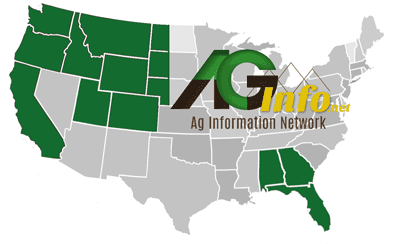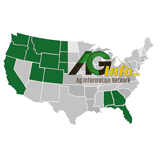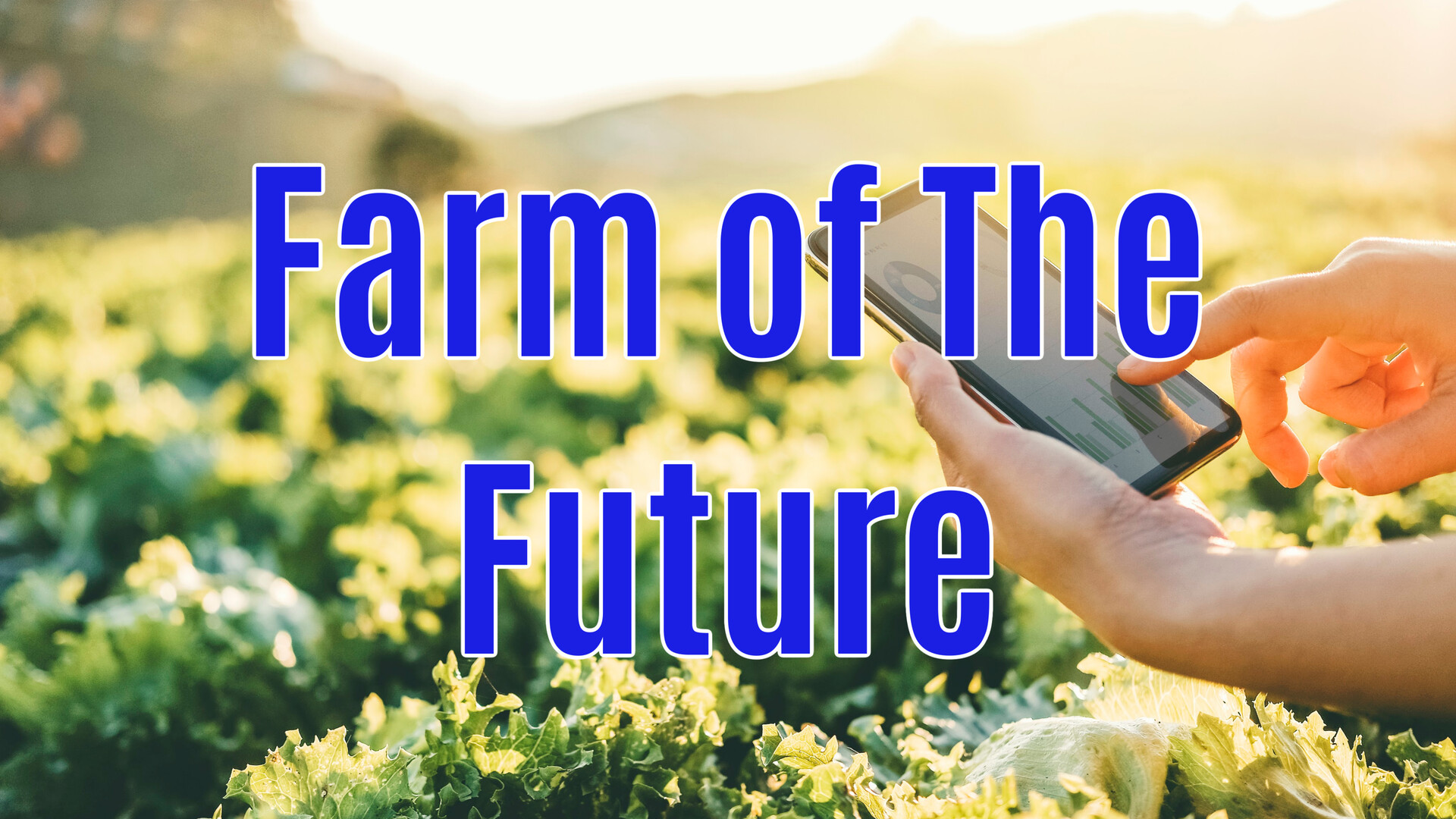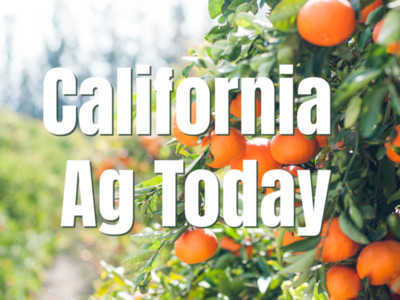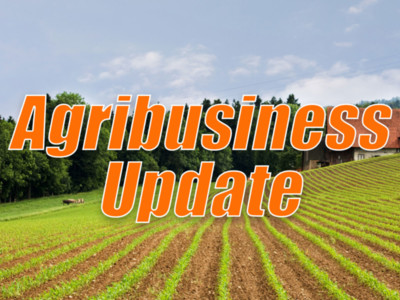Autonomous Tractors Require Smart Implements

Tim Hammerich
News Reporter
There are a number of autonomous tractors on the market today, but the barrier to reaching widespread adoption has more to do with the implements than the tractors themselves. Mach CEO Colin Hurd says autonomous tractors require humans to monitor performance until there are more smart implements available with built in monitoring.
Hurd… “Our focus with those applications is how does the implement have enough intelligence to know, hey, I'm doing the job, right. There's a whole lot of sensing that has to happen. And the best analogy is like, whatever you're supposed to be doing when you're in the cab of the tractor, like looking behind you, not looking at Netflix and paying attention to, is something plugged up, is a bearing going out, is the depth right, are all my row pressure settings right. Whatever job it is you're doing, you're in the cab, not really to drive the tractor as much today anymore, but it's to monitor the status of the implement and the job that you're doing. And so if you remove somebody from the cab, then all of a sudden you have all this sensing capability that's required on the implement itself, and so part of our R&D is very, very focused on that right now. We have a sensor that we're coming out with the end of next year. I think it will make a huge difference. You know, it might even be a requirement for some of these larger OEMs that I mentioned, too, that we don't really focus on. But just to enable some of the robustness that's required in a tech solution on an implement.”
Again the CEO of Mach, Colin Hurd.
